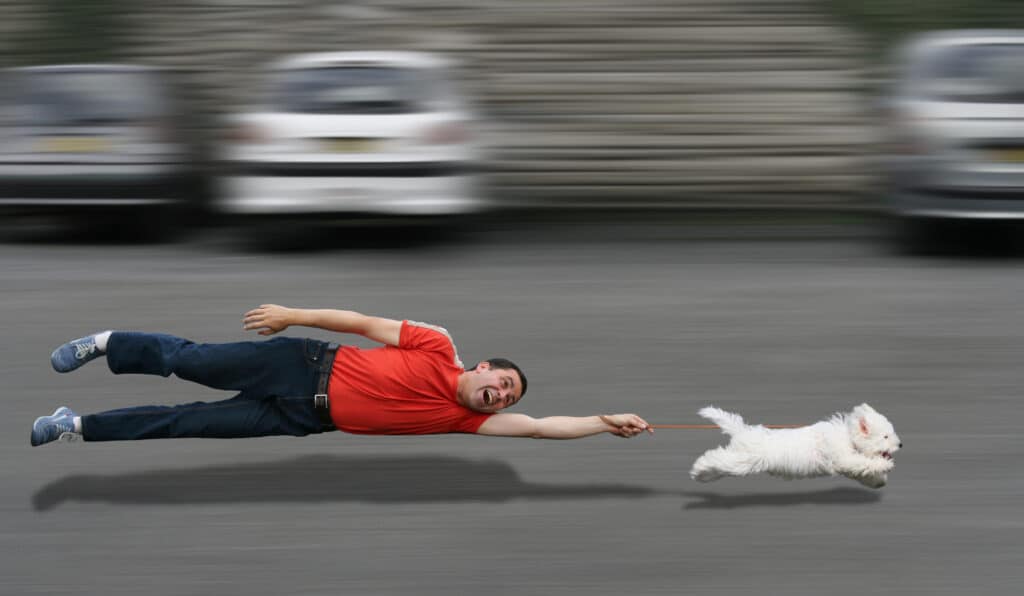
Raising a puppy is an exciting and rewarding experience, but it can also be challenging. Understanding your puppy’s behavior and knowing the basics of training is crucial to ensure that your pet grows into a well-behaved and happy dog. This comprehensive guide provides thorough information on puppy behavior and training basics.
Understanding Puppy Behavior
Puppies are naturally curious, playful, and full of energy. They use their mouths to explore the world around them, which often results in biting or chewing. Puppies also have short attention spans and require plenty of sleep. It’s important to understand these behaviors to effectively train your puppy and meet their needs.
1. Playfulness and Energy
Puppies are known for their boundless energy and love for play. This is a natural part of their development and provides them with the exercise they need to grow strong and healthy. However, it’s essential to direct this energy positively to prevent destructive behavior. Provide your puppy with plenty of toys and engage them in regular play sessions.
2. Biting and Chewing
Biting and chewing are common behaviors in puppies. This is how they explore their environment and relieve the discomfort of teething. While it may seem cute at first, it’s important to discourage this behavior to prevent it from becoming a problem as your puppy grows. Redirect their biting to appropriate chew toys and use positive reinforcement when they chew on the right things.
3. Short Attention Span
Puppies have a short attention span, typically around five minutes for every month of their age. This means that training sessions should be short and frequent rather than long and infrequent. Keep training sessions fun and engaging to hold your puppy’s attention.
4. Need for Sleep
Puppies sleep up to 20 hours a day; they need longer sleep because growth hormones are released during sleep. Ensure your puppy has a comfortable and quiet place to rest, and don’t disturb them when they’re sleeping.
Training Basics
Training your puppy requires patience, consistency, and positive reinforcement. Here are some basic training principles to follow:
1. Start Early
As soon as you bring them home, they should start training immediately. Puppies are most receptive to learning between 8 and 12 weeks of age.
2. Be Consistent
Consistency is key in puppy training. Use the same commands and actions for each behavior you’re teaching. This helps your puppy understand what you expect from them.
3. Use Positive Reinforcement
Positive reinforcement involves rewarding your puppy for good behavior. This can be through treats, praise, or petting. Rewarding your puppy encourages them to repeat the behavior.
4. Keep Sessions Short
As mentioned earlier, puppies have a short attention span. Keep training sessions short – around 5 to 10 minutes – and hold them frequently throughout the day.
5. Socialize Your Puppy
Socialization is a vital part of puppy training. Make sure to expose your puppy to different people, environments, and other animals to help them become well-adjusted adults.
Basic Commands
Teaching your puppy the most basic commands is essential for their safety and manners. Here are some basic commands to start with:
1. Sit
Hold out a treat close to your puppy’s nose and move your hand up, allowing their head to follow the treat and causing their bottom to lower. Once they’re in a sitting position, say “sit,” give them the treat, and share affection.
2. Come
This command could help keep a dog out of trouble or bring him back to you if he slips out of his leash. Say “come” while gently pulling on the leash. When your puppy gets to you, reward him with affection and a treat.
3. Down
This can be one of the more difficult commands in puppy training. Find a particularly good-smelling treat and hold it in your closed fist. Then, hold your hand up to your dog’s snout. When your puppy starts to sniff it, move your hand up and down the floor and make sure he follows. Lastly, slide your hand along the ground in front of him to encourage his body to follow his head.
4. Stay
First is to command your dog to “Sit.” Then, open the palm of your hand in front of your dog and say, “Stay.” Take a few steps back slowly and reward him with a treat and affection if he stays.
5. Leave it
Place a treat in both hands, show him one enclosed fist with the treat inside, and say, “Leave it.” Ignore the behaviors that he will throw at you to get the treat, and once he stops trying, give him the treat on the other hand.
Remember, puppy training takes time, consistency, and patience. Don’t expect your puppy to learn everything overnight. Keep training sessions positive and fun for your puppy, and they’ll be eager to learn. With time and practice, your puppy will grow into a well-behaved and obedient dog.



